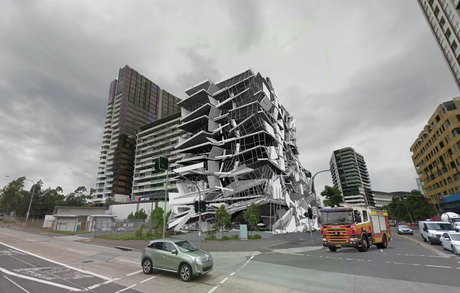Emergency planning for extreme events

If Sydney was hit with an intense earthquake or other catastrophic emergencies, what would be our emergency response? Could we handle it?
These questions and more were put to NSW emergency service leaders and industry experts from the engineering and construction sectors, who recently attended a forum to look at how the public and private sectors can manage natural disasters together.
To increase the state’s preparedness to deal with emergencies it does not have the capacity or capability to manage, NSW Public Works and Tigertail Australia, an emergency management consultancy group, is attempting to open up ongoing dialogue between contract engineering and consulting firms, industry associations and NSW state and local governments.
Participants in the forum took part in an emergency planning exercise which tasked them with managing a mock emergency scenario — a magnitude 6.2 earthquake in central Sydney.
The exercise accessed experienced personnel in the sector — from police, fire and rescue to representatives from Engineers Australia, Consult Australia, Master Builders Association, Lendlease, John Holland, SMEC and Arup — who identified the procedures and resources available to ensure resilience, citizen safety and continuity of community services.

Martin Dwyer, chief emergency engineer at NSW Public Works, said one of the reasons NSW responds well in the face of emergencies seen, for example, with the recent East Coast Low, is the time and effort spent in preparedness and practice.
“Sometimes we need to contemplate an emergency so big that the old rule book no longer works and we must write a new one,” said Dwyer.
Emergency management is a complex series of activities that includes risk assessment, disaster mitigation, building preparedness and capability to withstand and manage disasters, emergency response, community recovery and renewal.
Natural disasters cost the NSW community an average of $484 million per year — around 44% of the national total.
The exercise designed by Tigertail also gave the private sector insight into how state emergency management teams think and how to plan their resources and contracts, build skills and design and practise vital procedures to support the community should the need arise.
Victoria's new psychological injury obligations now in effect
New obligations have come into effect for workplaces across Victoria to protect employees from...
Survey results show fall in national return to work rate
Safe Work Australia's 2025 National Return to Work (NRTW) Survey results have been released,...
National policy approach for workers comp and the gig economy published
Safe Work Australia has published a national policy approach for workers compensation and the gig...








